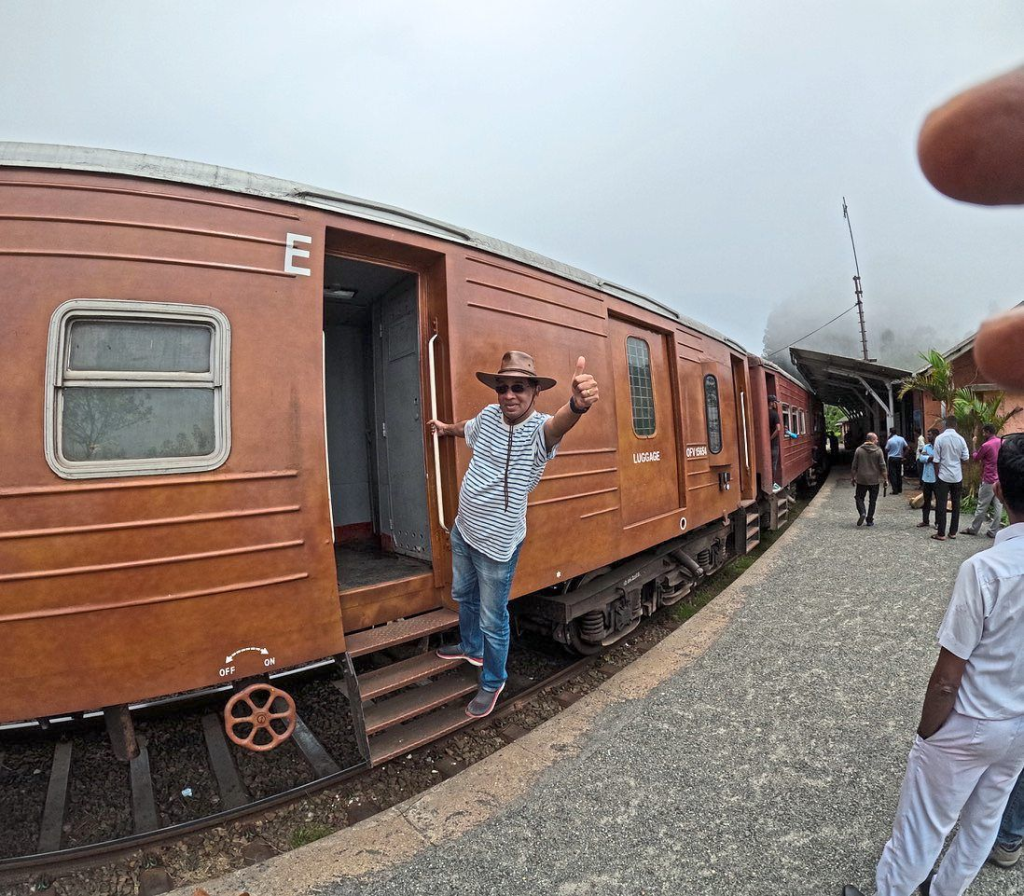
Sri Lanka is an island located at the southern tip of India. The island’s land size is 65,000km² and it is in the shape of a tear drop. The official languages of Sri Lanka are Sinhalese and Tamil.
In early 2022, Sri Lanka ran out of fuel, food and medicine because the country did not have enough foreign reserves. There were many reasons for this, among them, massive tax cuts which impacted government revenue, the 2019 Easter bombings and the Covid-19 pandemic, which affected the tourism industry.
A series of mass protests began in early 2022 against the government, which was heavily criticised for mismanaging the economy.
We visited Colombo last year for a holiday. One of the first places we checked out was Galle Face, the scene of one of the largest street protests against the government in 2022. Today, it is a popular waterfront destination with a long walkway, sandy beaches and scenic views – great for watching the sunset.
We took a five-hour drive from Colombo to Nuwara Eliya and while on our journey, we stopped to buy pineapples which were sold by the roadside. Sri Lankan pineapples are known for their sweetness and fragrance. They are grown mainly in the central highlands, which has ideal climate and soil conditions for growing the fruit.
At Kandy, we visited the Temple Of The Sacred Tooth Relic (Sri Dalada Maligawa) where a relic of what is said to be Buddha’s tooth is kept. It is a Unesco World Heritage Site.
After that we had lunch at a restaurant and tried their local delicacy, the lamprais, which is rice wrapped with shredded meat and vegetables in a banana leaf, and then steamed. This dish was popularized by the Dutch Burghers (a mixed race of Dutch and Sri Lankan).
 Tourists waiting for the train at the Nine Arches Bridge in Ella.
Tourists waiting for the train at the Nine Arches Bridge in Ella.
After a night’s rest, we then took a train ride from Nuwara Eliya to Ella. The view from the train was supposed to be one of most scenic in the world. In the 1870s, the British began to expand the railway system from Kandy to Colombo to enable the transportation of tea from the estates.
It took 52 years to complete this railway as it involved navigating through 178km of rainy forested mountains and steep ridges. This railway has an impressive mix of bridges, viaducts and tunnels. Among the sights we saw during the journey were sprawling tea estates, waterfalls, rustic villages and small towns.
At Ella, we visited the famous Nine Arches bridge, a popular tourist attraction in Sri Lanka. The construction of this bridge began during World War I. However, when the use and production of steel was strictly for the war, the bridge was made with just bricks, stones and cement.
When a train passed by on the bridge that day, hordes of tourists started taking videos and photos of it.
 At the Buduruwagala Temple Complex, where large statues of Buddha are carved into the stonewall.
At the Buduruwagala Temple Complex, where large statues of Buddha are carved into the stonewall.
After a two-night stay in Ella, we drove down to the coastal town of Galle. Along the way, we stopped to visit the Buduruwagala Buddhist Temple complex. Here we admired seven statues, which included a 16m-tall ancient statue of Buddha carved into the stonewall.
Back in Galle, we visited the memorial dedicated to the 1,500 passengers who were killed when their train was derailed during the 2004 tsunami disaster.
We also visited the Ahunagalla Sea Turtle Research and Conservation Centre, as well as a mask workshop and museum at Ambalangoda to learn how traditional masks were made and used by ancient tribes in Sri Lanka.
It was a very interesting and insightful trip to Sri Lanka, and we enjoyed it tremendously.
